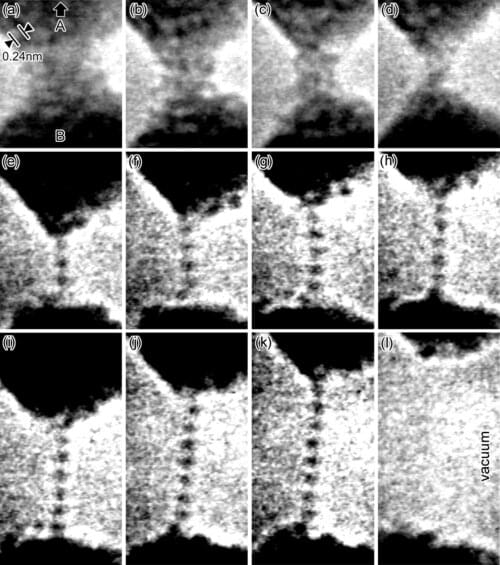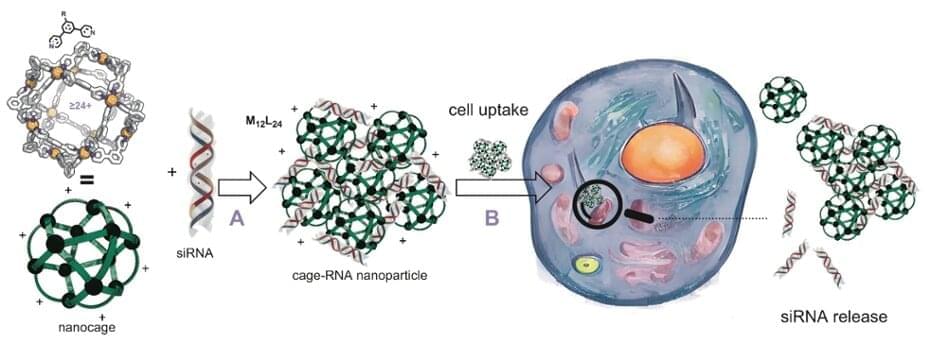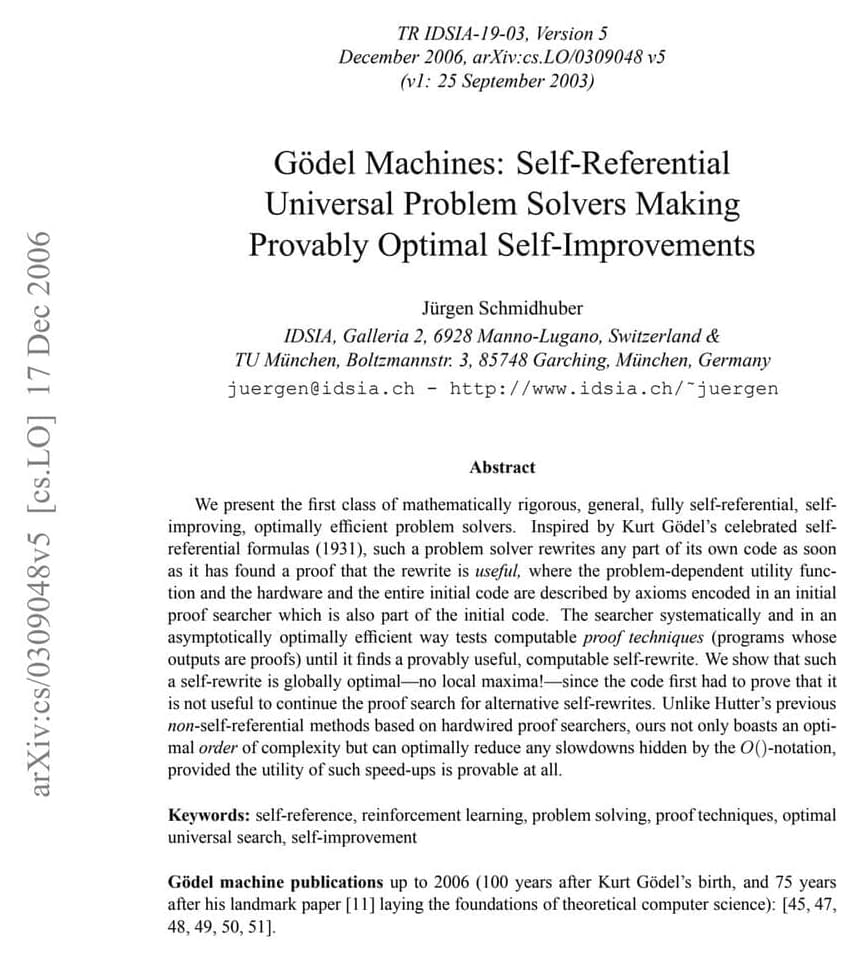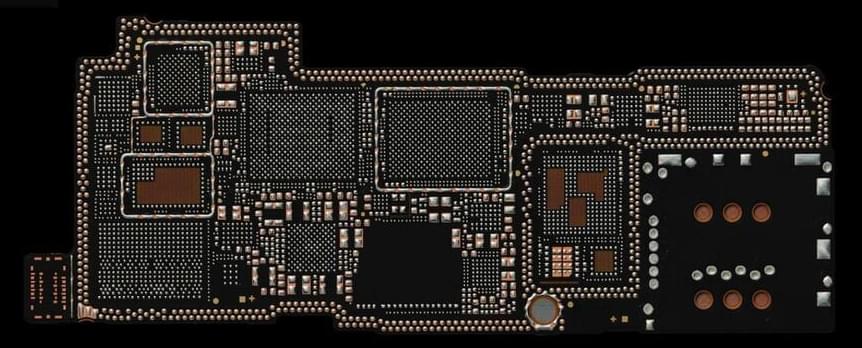Apr 21, 2023
Researchers synthesize graphene using intense light
Posted by Dan Breeden in categories: energy, nanotechnology
DGIST Professor Yoonkyu Lee’s research team used intense light on the surface of a copper wire to synthesize graphene, thereby increasing the production rate and lowering the production cost of the high-quality transparent-flexible electrode materials and consequently enabling its mass production. The results were published in the February 23 issue of Nano Energy.
This technology is applicable to various 2D materials, and its applicability can be extended to the synthesis of various metal-2D material nanowires.
The research team used copper-graphene nanowires to implement high-performance transparent-flexible electronic devices such as transparent-flexible electrodes, transparent supercapacitors and transparent heaters and to thereby demonstrate the commercial viability of this material.

















